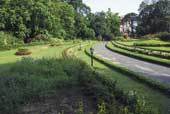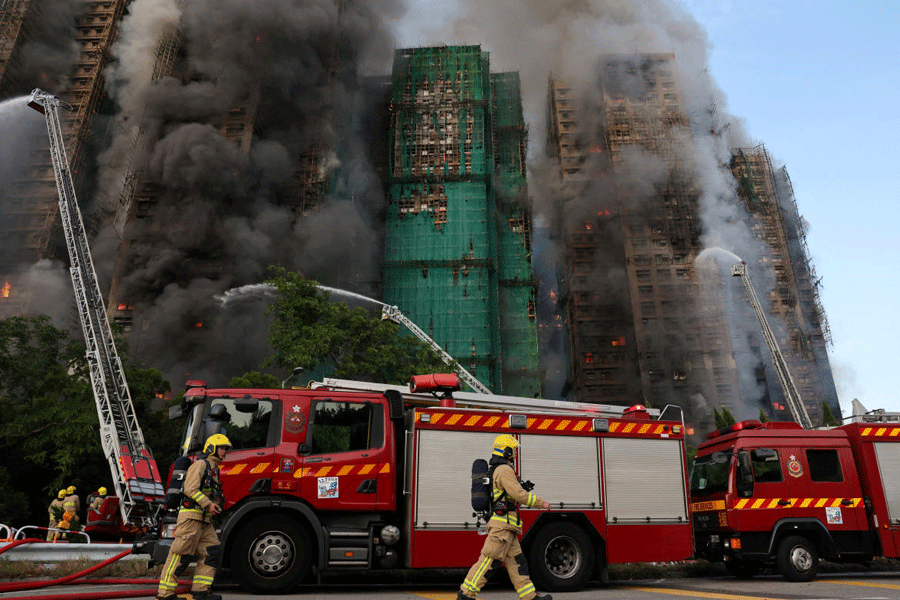 |
| The Agri-Horticultural Society of India is on the path of regeneration after Aila. Pictures by Sanjoy Chattopadhyaya |
Aila left in its wake a trail of destruction but efforts at regeneration are already on at the Agri-Horticultural Society of India (AHSI) at Alipore. The garden is gearing up for the impending monsoons when propagation is at its best and will rear upto 80,000 saplings this season through various methods.
According to official figures, the garden spread over 24 acres lost 20 trees on May 25. Most of the trees that fell were about 30 to 50 feet in height on an average and most of them were over 40 years old.
Experts at the garden felt that cyclones like Aila, which have a swirling effect, can cause mass destruction that cannot be controlled. “We can do as much as we can to maintain trees and plants, but during natural calamities like these, we have no choice but to bow down to nature,” said S.L. Rahman, the joint secretary of the society.
Among the 20 trees that fell in the garden that day, some were of rare varieties. These include, Bauhinia blakeana, also known as the Hong Kong Orchid tree, Pootia grandiflora and the Kigelia pinnata or Sausage Tree found in Africa. However, the garden does not stand at risk of losing these rare species. “We always keep two to three samples of the same species in the garden and every year try to propagate new trees from the older ones,” said Rahman. Throughout the year, efforts in cultivation and propagation continue through a number of methods.
 |
 |
| (Above) Plant tissue culture at the AHSI,Air layering a Limonia tree at the garden |
Air layering is one such method of propagation where a branch of a tree is used to grow another plant of the same species. An inch- wide strip of tissues from the surface of the trunk is removed containing the cambium, where cell division takes place and the phloem, through which carbohydrates and photosynthates are transported to the lower parts of the plant. “Removing these two vital layers stops regeneration in this part of the plant,” explained Rahman, “and the wound that is created is then air layered.” The scraped out part is treated with a rooting hormone and then covered with a layer of sphagnum moss and mud to retain moisture. The entire cushion is then wrapped with perforated plastic sheets and tied with thread.
After a minimum of two weeks, roots start appearing but the rooted section can only be removed and replanted once they have developed well enough. “We have to leave the air-layered portion on the plant for a minimum of six months for roots to develop. We do this on different branches of the same plant, generating a number of samples at the same time,” said Rahman.
The AHSI also practises several micropropagation methods, including plant tissue culture. “This method is used to reproduce clones of plants that have particularly good flowers or fruits,” said Rahman. This is a method of regeneration done in-vitro and helps to regenerate a plant from a particular part of the original like the stem tip, node or even seed. The process includes keeping the tissue in a culture medium for a period of 15 to 20 days under controlled temperatures till new shoot buds are initiated.
Grafting is another common method where a part of one plant is joined to a section of another bigger plant and is allowed to grow on it. It is usually done in monsoon. The process includes two types of plants, the bottom part is the stock and the top portion is the scion.
“The stock is chosen for its strong roots while the scion is a portion of the desired plant that we want to grow,” said Rahman. Both sections are tied together and left for a few weeks. “After about six months to a year, a new plant is obtained. The scion grows into a new plant which gradually takes over the stock,” said Rahman.
Dalia Mukherjee











